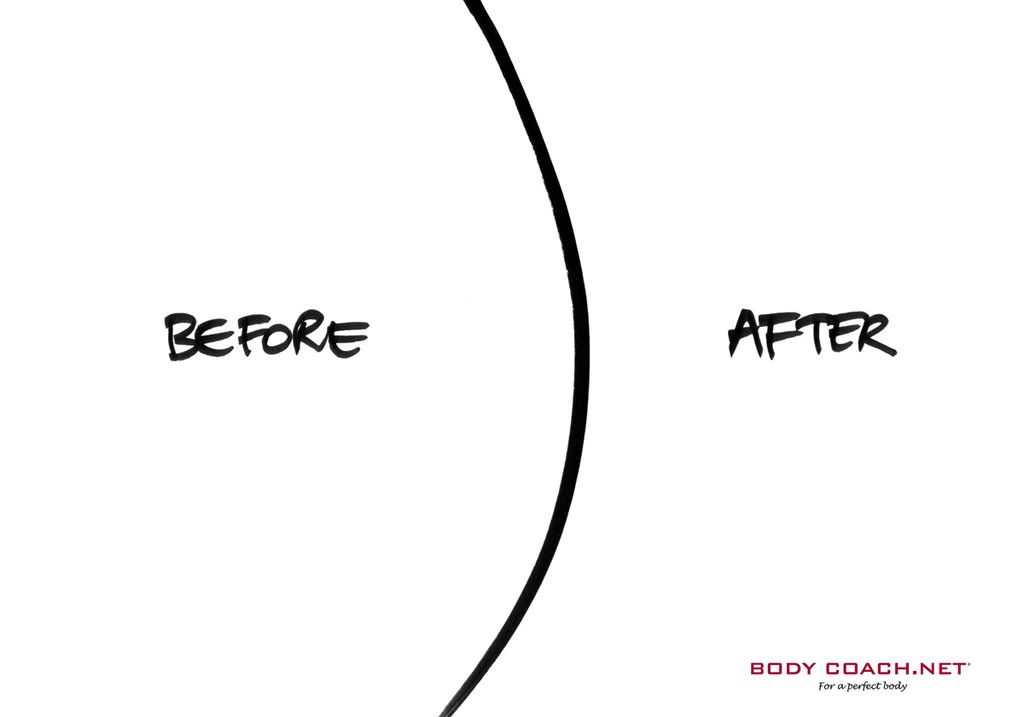Sorry, ik wil nog even
ordinair quoten van een oud bericht van Guy. Hij geeft aan hoe een business plan eruit moet zien. Maar het mooie is, dat hij vanuit zijn elevator pitch adviseert pas een business case te schrijven. Heerlijk om te lezen:
Write for all the right reasons. Most people write business plans to attract investors, and while this is necessary to raise money, most venture capitalists have made a “gut level” go/no go decision during the PowerPoint pitch. Receiving (and possibly reading) the business plan is a mechanical step in due diligence. The more relevant and important reason to write is a business plan, whether you are raising money or not, is to force the management team to solidify the objectives (what), strategies (how), and tactics (when, where, who). Even if you have all the capital in the world, you should still write a business plan. Indeed, especially if you have all the capital in the world because too much capital is worse than too little.
Make it a solo effort. While creation of the business plan should be a group effort involving all the principal players in the company, the actual writing of the business plan--literally sitting down at a computer and pounding out the document--should be a solo effort. And ideally the CEO should do it because she will need to know the plan by heart......

Pitch, then plan. Most people create a business plan, and it's a piece of crap: sixty pages long, fifty-page appendix, full of buzzwords, acronyms, and superficialities like, “All we need is one percent of the market.” Then they create a PowerPoint pitch from it. The correct sequence is to perfect a pitch (10/20/30), and then write the plan from it. Write this down: A good business plan is an elaboration of a good pitch; a good pitch is not the distillation of good business plan. Why? Because it's much easier to revise a pitch than to revise a plan. Give the pitch a few times, see what works and what doesn't, change the pitch, and then write the plan. Think of your pitch as your outline, and your plan as the full text. How many people write the full text and then write the outline?
Put in the right stuff.
Here's what a business plan should address: Executive Summary (1), Problem (1), Solution (1), Business Model (1), Underlying Magic (1), Marketing and Sales (1), Competition (1), Team (1), Projections (1), Status and Timeline (1), and Conclusion (1). Essentially, this is the same list of topics as a PowerPoint pitch. Those numbers in parenthesis are the ideal lengths for each section; note that they add up to eleven. As you'll see in a few paragraphs, the ideal length of a business plan is twenty pages, so I've given you nine pages extra as a fudge factor.
Focus on the executive summary.
Keep it clean. The ideal length of a business plan is twenty pages or less, and this includes the appendix. For every ten pages over twenty pages, you decrease the likelihood that the plan will be read, much less funded, by twenty-five percent. When it comes to business plans, less is more. Many people believe that the purpose of a business plan is to create such shock and awe that investors are begging for wiring instructions; the reality is that the purpose of a a business plan is to get to the next step: continued due diligence with activities such as checking personal and customer references. The tighter the thinking, the shorter the plan; the shorter the plan, the faster it will get read.
Provide a one-page financial projection plus key metrics. Many business plans contain five year projections with a $100 million top line and such minute levels of detail that the budget for pencils is a line item. Everyone knows that you're pulling numbers out of the air that you think are large enough to be interesting, but not so large as to render urine drug-testing unnecessary. Do everyone a favor: Reduce your Excel hallucinations to one page and provide a forecast of the key metrics of your business--for example, the number of paying customers. These key metrics provide insight into your assumptions. For example, if you're assuming that you'll get twenty percent of the Fortune 500 to buy your product in the first year, I would suggest checking into a rehab program.
Write deliberate, act emergent. It means that when you write your plan, you act as if you know exactly what you're going to do. You are deliberate. You're probably wrong, but you take your best shot. However, writing deliberate doesn't mean that you adhere to the plan in the face of new information and new opportunities. As you execute the plan, you act emergent--that is, you are flexible and fast moving: changing as you learn more and more about the market. The plan, after all, should not take on a life of its own.
Lees hier het hele stuk.




















